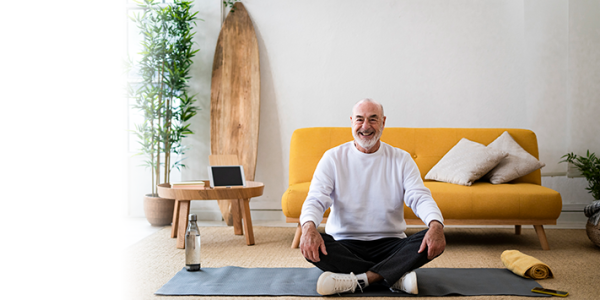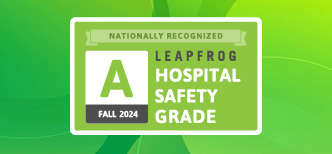


In 2012, Brazilian physician and sports medicine researcher Dr. Claudio Gil Araújo published a study in the European Journal of Cardiovascular Prevention. His research focused on the use of a physical fitness test, developed by Dr. Araújo, as a predictor of mortality. This test is widely known as the Sitting/Rising Test, or SRT.
If you want to try the SRT, do it barefoot, in loose, comfy clothes. It’s best to take the test with a buddy to spot you, in case you lose your balance.
Part one of the test requires you to stand up with your legs crossed and lower yourself to the floor in the criss-cross position without using your hands, knees, arms, or thighs to brace yourself. Part two of the test is the reverse – stand back up, again with your legs crossed, and without using anything but your legs. Your score is determined by how smoothly you can perform these actions.
The maximum score on the SRT is five points for sitting down, and five points for getting back up, for a total of 10 points. You lose a point each time you use a hand, arm or knee to brace yourself as you try get up or sit back down. Subtract an additional .5 points if you are especially unsteady or almost lose your balance. If you were to take this test in a medical office, an evaluator would coach you on ways to improve your score on subsequent tries and use your best attempts to determine your final score.
Most cardiac stress tests are designed around aerobic activities such as walking, running or biking. The SRT also looks at everyday activities like bending over, lifting things, and balancing – activities that also put stress on the body and heart and test your health and endurance. The test can be a useful indicator of sarcopenia, the natural loss of muscle that occurs as one ages.
Dr. Araújo and his team tested 2,002 adults 51 to 80 years old and followed them until they died or the study’s conclusion after 6.3 years. 159 people died over the course of the study. Those who had scored only zero to three points had a risk of death that was five to six times higher than those who scored eight to ten points. The result was that many people interpreted the test as a way to predict mortality.
The SRT is a useful gauge of core and leg strength, balance, and flexibility. Maintaining these as you age will help prevent falls, the leading cause of injury-related death in people over 65. Still, that does not mean you should panic if you don’t score well on the SRT. A few things to consider:
Each of these tests provides valuable information about different aspects of physical fitness. No one test can do it all. However, if you score low on the SRT, there are certainly things you can do to improve your score – and thus your strength and agility. There are several videos on YouTube (just search for sit/stand test exercises) that provide tutorials on how to improve your score with a variety of exercises – and many start with modified versions to assist people with a variety of flexibility and strength issues. A certified personal trainer can also help you develop the specific muscle strength and flexibility needed to get up and down from the floor with ease.
Of course, if you have joint problems, talk to your doctor before trying any of these exercises, particularly squats and lunges that may be dangerous for those with knee issues. Finally, keep in mind that overall health and fitness is a result of a general active lifestyle combined with a healthy diet. The Sitting/Rising Test on its own shouldn’t be taken as the sole predictor of your health and well-being.
This article appeared in the Summer 2024 edition of the HealthPerks newsletter.

Identify your risk factors and what to do if you are at risk.